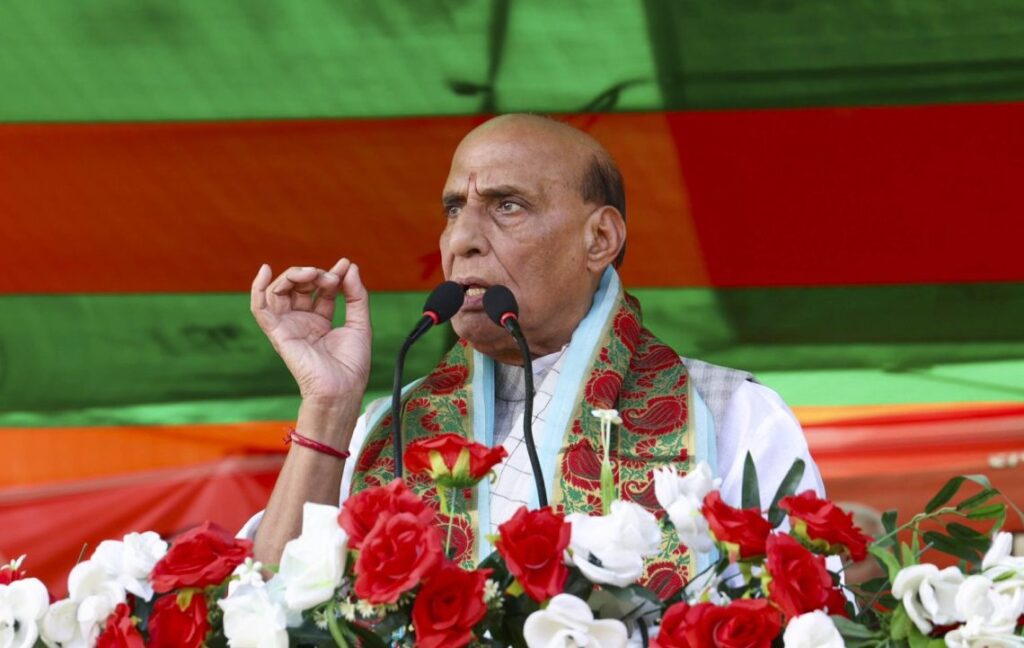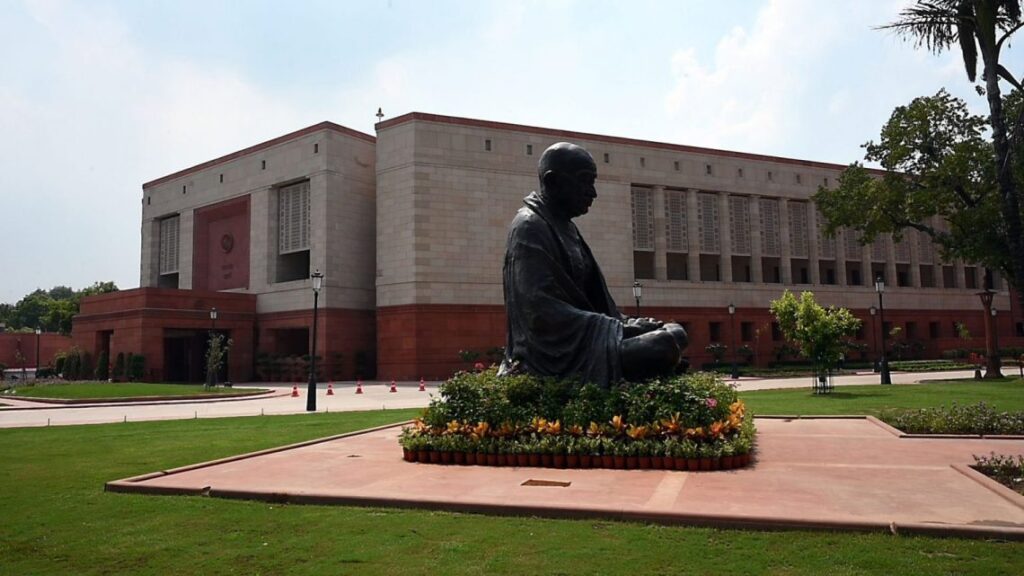
What is the War Powers Act, and can it stop Trump from attacking Iran?
Speaking with reporters on the White House lawn, President Donald Trump played coy when asked if he would bring the United States into Israel’s war on Iran. “I may do it. I may not,” he said on Wednesday.
US officials and the president’s allies have stressed that the decision to get involved in the war – or not – lies with Trump, stressing that they trust his instincts. “He is the singular guiding hand about what will be occurring from this point forward,” Department of State spokeswoman Tammy Bruce told reporters on Tuesday. But antiwar advocates have been arguing that it should not all be up to Trump and Congress must be the ultimate decider over war and peace, according to the US Constitution. As Trump increasingly appears to hint at the possibility of US engagement in the conflict, some lawmakers are seeking to reassert that congressional role under the War Powers Act. But what are the laws guiding a declaration of war, and could Trump get the US involved in the war without the consent of Congress? Here’s what you need to know about the laws that govern decisions about war in the US.
What does the US Constitution say?
Section 1 of the US Constitution, which established the legislative branch of the government and outlines its duties, says Congress has the power to “declare war”. Some advocates take that provision to mean that lawmakers, not the president, have the authority over US military interventions.
When was the last time the US formally declared war?
In 1942, during World War II. Since then, the US has gone to war in Korea, Vietnam, the Gulf, Afghanistan and Iraq while carrying out strikes and interventions in numerous countries – Serbia, Libya, Somalia and Yemen to name a few.
What authority does the president have when it comes to war?
According to Article II of the constitution, the president is designated “commander in chief” of the armed forces. Presidents have the power to order the military to respond to attacks and imminent threats. Beyond that, their war-making powers are constrained by Congress. Article II empowers them to direct military operations once Congress has authorised a war. They are responsible for mobilising the military under the guidelines of lawmakers.That said, successive presidents have used the ability to direct the military on an emergency basis to carry out attacks that they frame as defensive or in response to threats.
How has the US sent soldiers into Iraq and other places without formal declarations of war?
Short of a declaration of war, Congress may grant the president powers to use the military for specific goals through legislation known as the Authorization for Use of Military Force (AUMF).For example, in the wake of the 9/11 attacks in 2001, Congress passed an AUMF that gave then-President George W Bush broad powers to conduct what would become the global “war on terror”.And one year later, it passed another AUMF allowing the use of the military against the government of Saddam Hussein in Iraq, which became the basis of the 2003 invasion.The two authorisations remain in place, and presidents continue to rely on them to carry out strikes without first seeking congressional approval. For example, the assassination of top Iranian General Qassem Soleimani in 2020 in Baghdad was authorised by Trump under the 2003 AUMF.During Trump’s first term, there were concerns that he could use the 2001 AUMF to strike Iran under the unfounded claim that Tehran supports al-Qaeda.
When was the War Powers Act passed?
Despite the articles outlined in the constitution, presidents have found ways to sidestep Congress in war matters. So in 1973, after decades of US intervention in Vietnam and elsewhere in Asia, lawmakers passed the War Powers Resolution to reassert their authority over military action.The law restricts the president’s war-making powers – or that was its intention at least. It was passed after President Richard Nixon’s secret bombing of Cambodia, which killed tens or even hundreds of thousands of civilians and led to widespread protests in the US.






